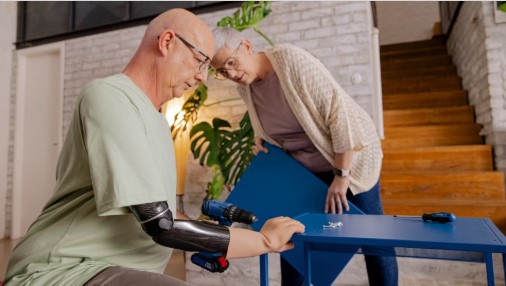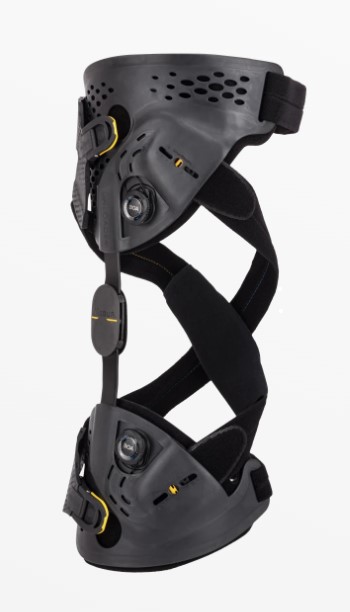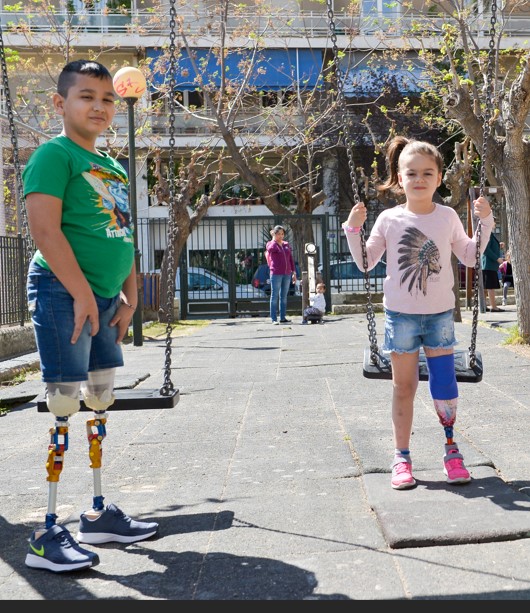Bionic technology in the prosthetic knees
In prosthetic rehabilitation there are two types of joints:
the mechanical joints, using a mechanical mechanism, for the operation of the knee and
the electronic modules, which use a microprocessor for their operation.
Bionic-electronic joints are designed to offer a more stable and natural gait, with as little energy loss as possible. They have:
- sensors
- microprocessor
- software
- resistance system
- battery.
The microprocessor controls an internal fluid and can be hydraulic or pneumatic. It constantly monitors each phase of the gait cycle, using a series of sensors. This constant monitoring of the fluid allows the processor to make the necessary adjustments to the resistance system.
So you can walk more efficiently at different speeds and with greater safety on ramps and stairs.
Why do I need "resistance" when I walk?
If you think about what we call a walking cycle, then you will understand the resistance system. The walking cycle is divided into two major phases:
the stance phase: occurs when your foot is on the ground, when weight is placed on your foot
the swing phase: when your foot is in the air and swinging forward
When your foot comes in contact with the ground, your foot bends normally or bends, sometimes even when you are standing. The size of the bend is relatively small - you do not want your knee to buckle under you, because then you will fall! The muscles of a biological foot add resistance or support to prevent flexion. When you take a step and put weight on your leg, your knee bends slightly, acting as a shock absorber. This is another time when your muscles are activated to stabilize your knee.
When you are in a swinging position (your leg is moving forward as you take a step), your knee is also bent. In this case you do not need so much support or resistance and in fact, you want the knee to move more freely so that you can take this step forward. A knee microprocessor can also detect at any time, in what phase you are (standing - swinging), during the gait cycle. Depending on the phase you are in, it immediately adjusts the resistance to provide the support you need. It can even "feel" the moment you stumble and the resistance system will automatically increase, to give you the time you need to be caught before you fall.
The first electronic knee joint
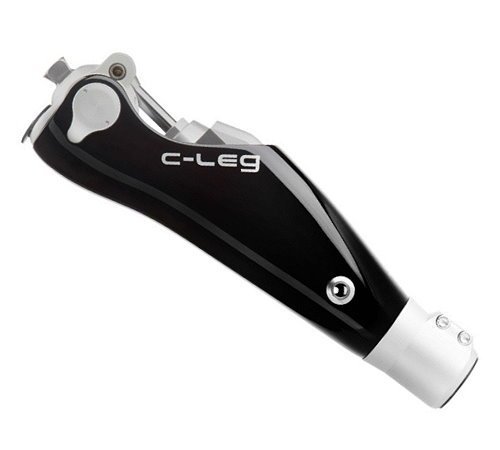
C-leg was the first electronic knee joint that released to the market in 1997 and brought the revolution for transfemoral amputations. Today, in its 4th generation, it is constantly being upgraded to make it: a smart and reliable knee for active people.
Its main features:
- Harmonious and discreet gait
- Fall protection
- Safe walking on uniform and uneven surfaces
- Safe walking backwards
- Go down the stairs, step by step
- Relaxed posture with the joint slightly bent and intuitive control Two additional functions that can be pre-configured for your preferred work, leisure and daily activities
- You can configure it on your Android or iOS device using the Cockpit ™ ** app
- Uninterrupted attention to your environment and less concentration on the prosthesis
Walk free with confidence
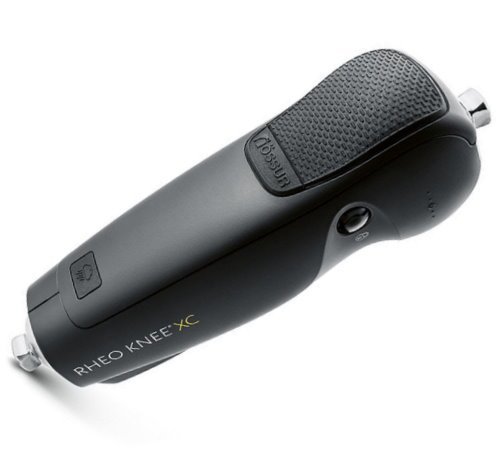
Rheo Knee has also been introduced in recent decades and has won the trust of many patients with amputation above the knee.
It adapts very easily to the requirements of each user, while its settings are made via a microprocessor, even by the same user.
Its advanced technology offers a natural and effortless gait, even on difficult terrain. Its special features:
- weather resistant for use in humid environments.
- designed to help you feel more confident and stable while walking or training.
- in its software you will find training applications to improve your self-confidence and gait.
Genium knee
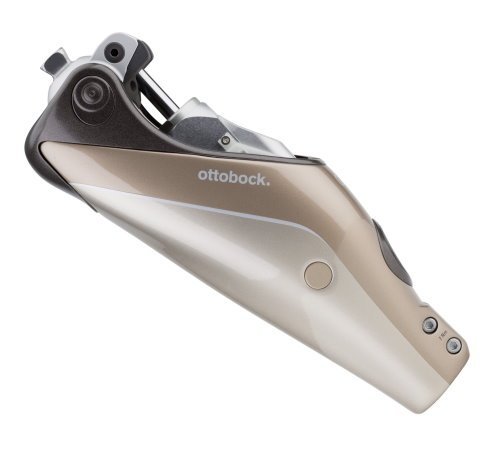
The most advanced knee joint by Otto-Bock
Walk up stairs step-over-step
Integrated sensor technology within Genium lets people walk up stairs step-over-step, setting their own pace.
Cross obstacles more smoothly
Now everyday obstacles can be stepped right over—supported by a stable, flexed knee when your foot strikes the ground. No more awkward swinging your prosthetic leg around the impediments of daily life.
Walk backwards, forwards ... and more
Genium detects forward and backward motion and provides support as needed. The user is secure even when stepping backwards or changing direction
Stand more easily
The Genium can tell when the user is standing and automatically resists further flexing. This translates into being more relaxed while standing, saving energy and taking stress away from the sound side – even on inclines and uneven surfaces.
Sit more naturally
If the user sits for more than 2 seconds (with thigh parallel to the ground and minimal weight on the leg) the Genium reduces resistance to take a more natural position—and switches to an energy saving mode.
Water-resistant—and more!
Genium carries an IP rating of 67 which means the electronics are protected from splashing water, dust or dirt.
Control in the palm of the hand
The user can switch between the 5 MyModes by using the Cockpit app for Android or iPhone. The Cockpit app also allows the user to check battery life and view step counts.
New era of power
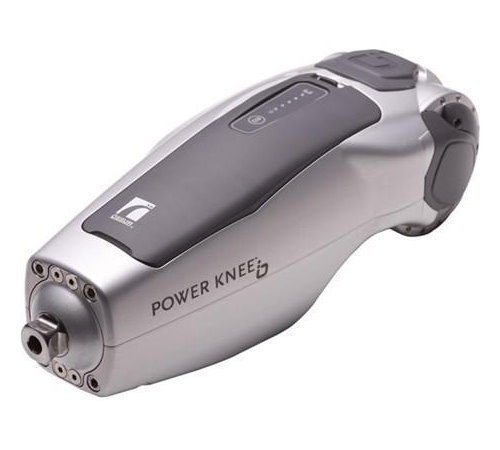
Power knee reaches unprecedented levels of functionality, as it provides dynamic flexion and extension and is synchronized harmoniously with the movements of the healthy member.
- It allows the patient not only to go down the stairs, but also to walk them up, with alternating steps.
- It is able to actively push the patient when climbing a ramp or a series of stairs, providing a safe and natural walk.
- It gives a gentle push to the patient, while walking on level ground, allowing him to cover longer distances with less energy loss.
- The integrated microprocessor evaluates the symmetry of the gait, continuously calculating (1350 rpm) the movement, load, position and speed of the limb in daily activities.
